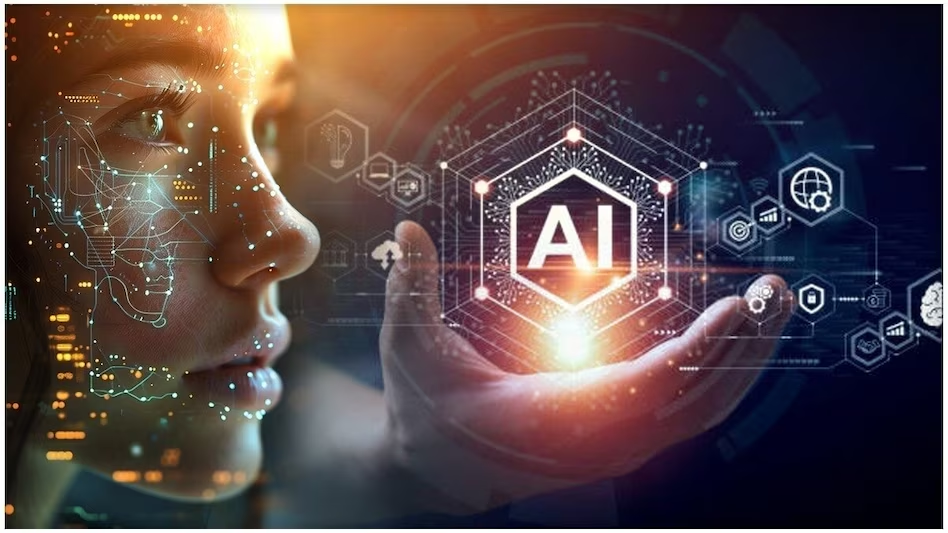
In 2025, two technologies dominate the conversation around innovation: Artificial Intelligence (AI) and the Internet of Things (IoT). On their own, both are powerful. Together, they are revolutionizing how businesses operate and how customers interact with brands, services, and environments.
Whether it’s walking into a retail store and seeing products curated just for you, getting a hotel room automatically set to your preferences, or receiving proactive customer service before a problem occurs — these aren’t future concepts. They’re happening now, thanks to AI leveraging IoT data.
But beyond the tech buzz, there’s a growing question among professionals, businesses, and students alike:
“What does AI + IoT mean for the future of work, innovation, and my career?”
This blog explores that in deep detail — explaining what’s happening now, the real-world examples transforming industries, the technical and business challenges (like interoperability), and most importantly, why this space is one of the most high-potential career paths for 2025 and beyond.
🔍 Understanding AI and IoT: The Powerful Duo
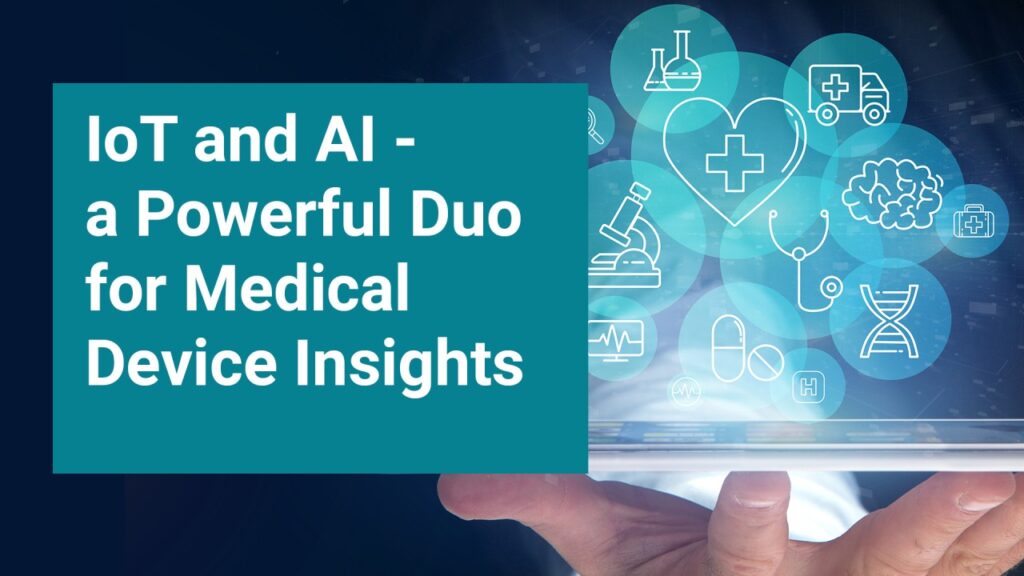
Before we explore the magic of personalization, let’s understand what we’re talking about.
✅ What is IoT (Internet of Things)?
IoT refers to a vast network of connected devices embedded with sensors, software, and communication tools that collect and exchange data over the internet.
Examples:
● Smartwatches tracking your heart rate
● Smart fridges that notify you when groceries are low
● Industrial sensors measuring equipment health in factories
● Home automation systems controlling lighting, AC, and security
According to Statista, by the end of 2025, there will be over 75 billion connected IoT devices globally.
✅ What is AI (Artificial Intelligence)?

AI is the capability of machines to simulate human intelligence — learning from data, making decisions, predicting outcomes, and automating tasks.
AI is the brain that learns from IoT data and acts on it intelligently.
When combined, AI and IoT create an intelligent ecosystem where machines:
● Collect data through IoT sensors
● Analyze it using AI algorithms
● Make decisions or recommendations
● Act autonomously or assist human users
This synergy is what enables the deeply personalized experiences we’ll explore below.
🌍 Real-World Applications of AI + IoT for Personalized Experiences
- 🛒 Retail: Redefining the Shopping Experience
How it works:
● Smart shelves and cameras track which products you pick.
● AI studies your shopping habits, purchase frequency, and interest zones.
● Offers are pushed to your phone in real time based on in-store behavior.
Example: Walmart and Amazon Go use IoT sensors and computer vision to monitor customer movements. AI then offers personalized product suggestions or adjusts in-store advertising dynamically.
Benefits:
● Better product recommendations
● Reduced wait times
● Personalized promotions
AI + IoT can also integrate with loyalty programs. Imagine a shopper who regularly buys organic food: IoT devices detect recurring patterns, and AI sends personalized coupons — even suggesting recipes or nutritional insights. This level of customization is unmatched.
- 🏨 Hospitality: Smart Rooms, Seamless Stays
How it works:
● IoT devices like smart thermostats, TVs, curtains, and lighting adjust automatically to guest preferences.
● AI learns from previous visits and creates a seamless environment.
Example: Marriott Hotels use AI + IoT to create rooms that “remember” your ideal room temperature, lighting preference, and even preferred TV channels.
Benefits:
● Enhanced guest comfort
● Energy efficiency
● Higher customer satisfaction
In future implementations, AI will even detect moods via facial expression or tone of voice and adjust room ambiance accordingly, creating ultra-luxury experiences.
3.📞 Customer Service: Predicting Issues Before They Happen
How it works:
● IoT devices send real-time usage data to AI systems.
● AI detects anomalies and proactively raises service tickets or reaches out to customers.
Example: A smart printer detects it’s running low on ink and automatically orders replacements. AI chatbots initiate conversations based on your behavior before you even raise a concern.
Benefits:
● Zero downtime
● Reduced frustration
● Faster, proactive service
This predictive approach extends to every smart device — from routers to smart TVs. AI will become your virtual assistant in solving problems even before you experience them.
- 🏥 Healthcare: Personalized Treatment and Monitoring
How it works:
● Wearable devices track patient vitals in real time.
● AI interprets data to monitor chronic conditions, predict flare-ups, and suggest interventions.
Example: Philips’ HealthSuite uses IoT devices to collect patient data. AI models analyze trends and alert doctors before critical thresholds are crossed.
Benefits:
● Personalized healthcare
● Remote monitoring
● Lower hospitalization rates
Additionally, hospitals can use AI-driven IoT for better asset tracking, patient flow optimization, and ICU monitoring — saving both lives and costs. - 🚗 Automotive: Smarter Driving Experiences
How it works:
● IoT sensors in vehicles track driving patterns, engine health, and traffic.
● AI uses this data to personalize infotainment, navigation, and maintenance alerts.
Example: Tesla cars use AI + IoT to adjust driving settings based on individual preferences and road conditions, making driving safer and more enjoyable.
Benefits:
● Safer driving
● Predictive maintenance
● Enhanced user comfort
Future automotive systems will use AI to anticipate road hazards, customize in-cabin experiences based on passenger moods, and provide fully autonomous driving solutions — revolutionizing the transportation sector.
⚙️The Interoperability Challenge: Why It’s a Roadblock
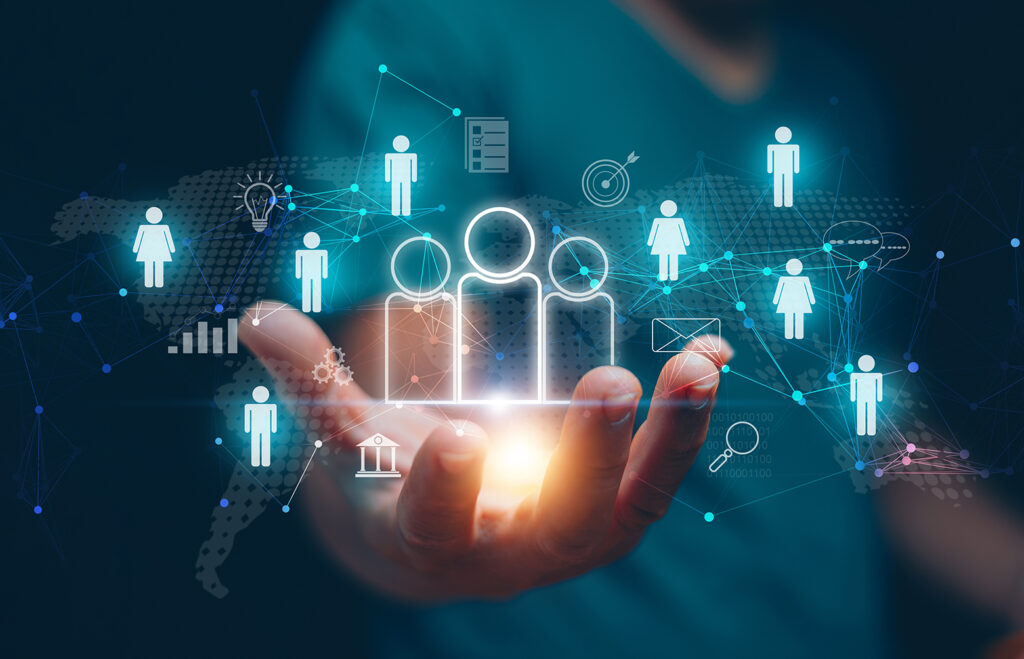
One of the biggest challenges in realizing the full potential of AI + IoT is interoperability.
❗ What is Interoperability?
It refers to the ability of different IoT devices, platforms, and software systems to connect, share data, and work together seamlessly.
❌ Problems We Face:
● Different communication protocols (Zigbee, Bluetooth, Wi-Fi, LoRa)
● Diverse data formats (JSON, XML, proprietary formats)
● Platform-specific devices that can’t talk to each other
● Security and privacy concerns when integrating multiple systems
Example: A smart lock, light bulb, and speaker from three different brands may not communicate — making unified control impossible.
Without a universal standard, developers struggle to build scalable systems that work reliably across homes, hospitals, or cities.
🧠 How AI Helps Solve Interoperability Problems
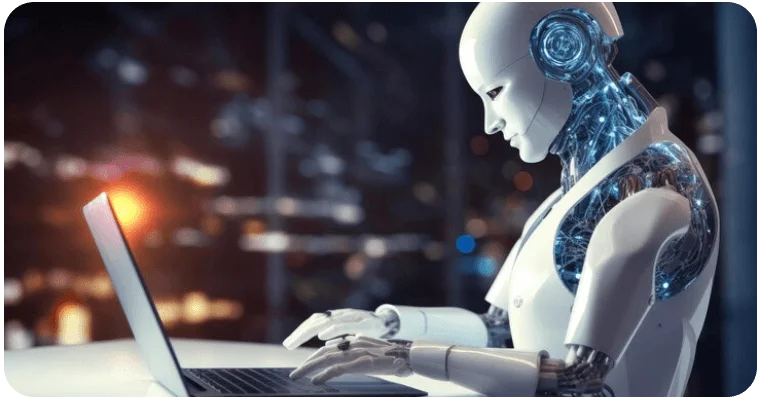
AI is not just a consumer of data. It can also be a translator, mediator, and optimizer.
- Data Normalization
AI systems can use machine learning to understand and map different data formats — making them usable across platforms. - Semantic Understanding
AI models can identify that “temp_sensor” and “room_temperature” refer to the same parameter, creating standardized metadata models. - Intelligent Middleware
AI-driven platforms can act as interpreters between protocols, translating data and actions in real-time.
Example: Microsoft’s Azure IoT Central uses AI to automatically map device telemetry across models, easing integration across ecosystems.
Future AI platforms will evolve to include low-code tools that allow non-engineers to design interoperable systems with drag-and-drop intelligence.
🔮 Future Trends: Why AI + IoT is the Future of Innovation
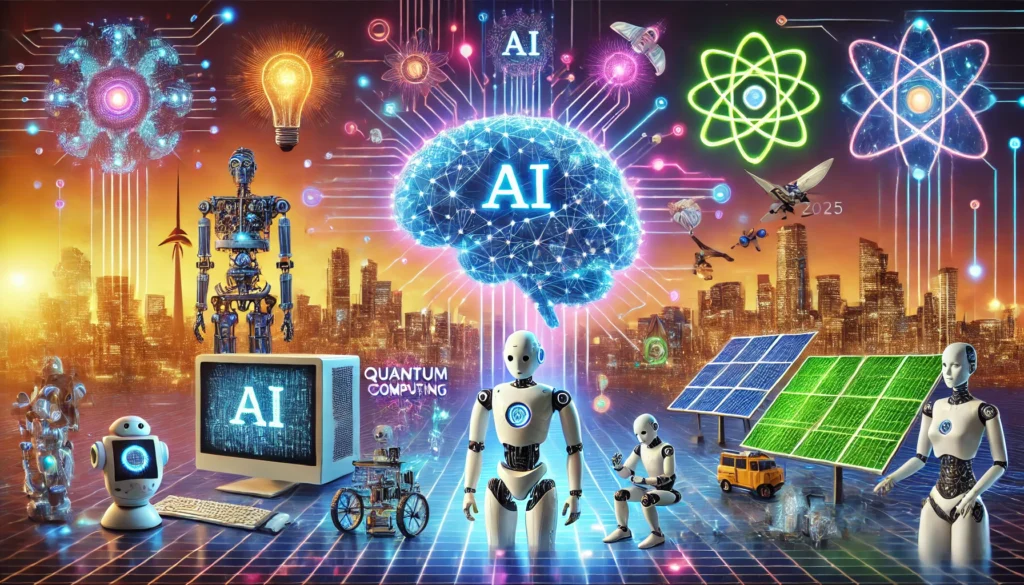
As we move further into 2025 and beyond, one thing is clear: the convergence of Artificial Intelligence (AI) and the Internet of Things (IoT) will shape the future of how businesses operate, how services are delivered, and how individuals interact with technology. This fusion isn’t just a trend — it’s the foundation of the next industrial and digital revolution.
Let’s break down the future trends, statistics, and technological shifts that highlight why AI + IoT is becoming central to digital transformation across all industries.
📊 Key Market Predictions
🌐 Over 75 Billion IoT Devices by 2025
According to Statista and IDC, by the end of 2025, there will be over 75 billion IoT-connected devices worldwide. This includes:
● Smart home systems (thermostats, lights, security cams)
● Wearable health trackers
● Connected vehicles
● Smart factories with embedded sensors and robotics
This explosion of connected devices means a massive influx of real-time data — and only AI can process and extract value from it efficiently.
💰 AI + IoT Market to Exceed $500 Billion by 2027
As per Allied Market Research, the AIoT (Artificial Intelligence of Things) market is expected to surpass $500 billion by 2027, driven by demand across:
● Smart manufacturing
● Autonomous vehicles
● Healthcare and remote monitoring
● Smart cities and infrastructure automation
Enterprises are rapidly investing in AI-powered IoT platforms to automate decision-making, reduce human error, and personalize experiences at scale.
🏬 Over 65% of Enterprises Will Use AI for Personalized Solutions
By 2026, more than 65% of global businesses are predicted to deploy AI-powered personalization engines, according to Gartner. These solutions will:
● Analyze user behavior and context
● Tailor digital interfaces, ads, products, and support interactions
● Provide real-time, dynamic changes to services based on data from IoT devices
Whether in e-commerce, hospitality, or telemedicine, personalization won’t be optional — it’ll be expected.
🚀 What’s Coming Next: Game-Changing Innovations
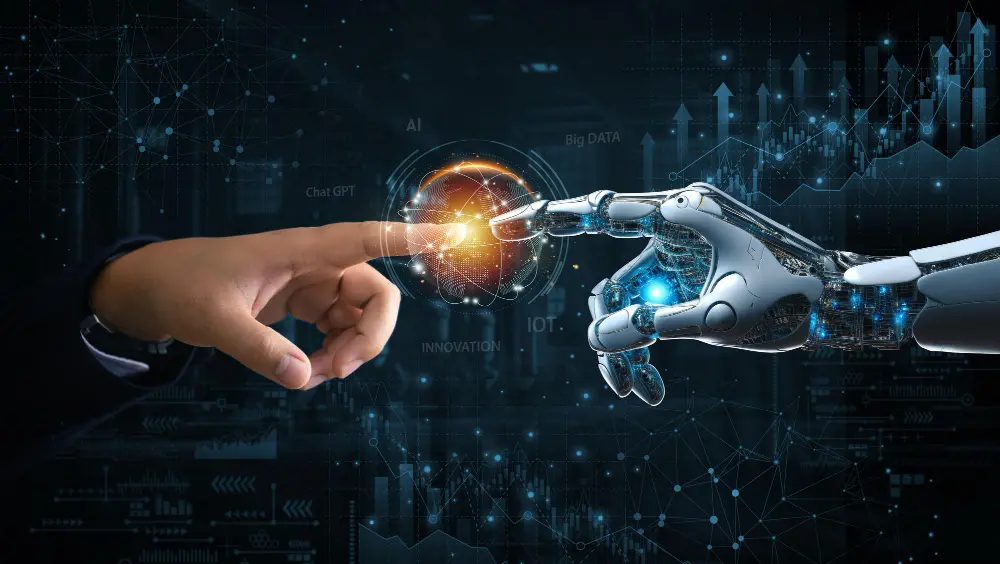
- ⚡ Edge AI: Intelligence Right Where the Action Is
Edge AI refers to running AI algorithms directly on local devices, rather than relying on centralized cloud systems. This is critical for real-time applications like:
● Industrial automation in factories
● Smart security systems with facial recognition
● Wearables monitoring heart rate and stress levels
With Edge AI:
● Latency is reduced to near-zero
● Privacy is enhanced (data stays on the device)
● Cost is minimized, as there’s less cloud infrastructure involved
Example: In autonomous vehicles, decisions like obstacle detection or lane changes are processed by Edge AI chips within milliseconds — without needing internet access. - 🎯 Hyper-Personalization: Experiences Tailored at the Micro-Level
AI + IoT enables businesses to go beyond traditional segmentation. Hyper-personalization uses sensor data and behavioral analytics to:
● Adjust product recommendations based on time, location, and mood
● Modify hotel room environments based on guest preferences
● Deliver just-in-time health alerts or nutritional advice through wearables
Example: A fitness tracker learns that you sleep better at 20°C, so your smart home system cools the room every night before you sleep — without any manual input.
This level of individualization leads to higher satisfaction, stronger loyalty, and increased revenue. - 🧠 Digital Twins: The Future of Simulation and Strategy
A Digital Twin is a virtual model of a real-world object or process — powered by real-time IoT data and AI simulation.
Used in:
● Manufacturing (predict machine failures before they happen)
● Urban planning (simulate traffic before infrastructure projects)
● Healthcare (model patient health outcomes)
Digital Twins allow:
Predictive analysis
Continuous testing without risk
Cost-efficient optimization
Example: A smart building’s Digital Twin can simulate energy usage patterns and suggest improvements that save millions in operational costs.
🏙️ Autonomous Everything: A New Age of Automation
From self-driving cars to automated checkout kiosks, the world is moving toward autonomy powered by AI + IoT. Here are some future scenarios:
● Smart cities where streetlights, waste systems, and traffic signals respond to real-time needs
● Retail stores with zero staff, managed entirely through AI, cameras, and sensors
● Self-healing infrastructure where roads detect cracks, and robots initiate repairs autonomously
Example: In Japan and Singapore, smart urban areas are already using AI to adjust public transport based on weather, traffic, and crowd density — all via IoT-enabled systems.
🏗️AI-Driven Workflows in Smart Infrastructure
One of the most exciting trends is AI-generated workflows in smart infrastructure and industrial settings.
Imagine:
● A smart building where sensors detect energy spikes
● AI identifies the reason (say, an HVAC issue)
● The system automatically sends a command to lower power consumption
● Simultaneously, it notifies the maintenance team with diagnostics
● AI updates future workflows to prevent recurrence
No human input. No manual checking. Pure automation with zero downtime.
Benefits:
● Reduced energy costs
● Increased system lifespan
● Optimized resource usage
📈 The Career Impact: Why You Should Build a Future in AI + IoT
As AI and IoT converge, there is an unprecedented demand for skilled professionals who can understand, design, and deploy intelligent systems.
Here’s why this field is a goldmine of opportunity in 2025 and beyond:
📌 In-Demand Career Paths:
- AI/ML Engineer: Design algorithms that power personalization, automation, and predictions.
- IoT Systems Architect: Build smart networks that connect devices and ensure seamless communication.
- Data Scientist for IoT: Extract actionable insights from the massive datasets IoT devices generate.
- Cybersecurity Specialist (IoT): Secure connected systems from data breaches and cyberattacks.
- Edge Computing Engineer: Create and deploy AI models that work on-device, without cloud support.
- Digital Twin Developer: Model real-world systems using IoT data and simulate scenarios.
- Robotics and Automation Expert: Design autonomous systems used in factories, smart homes, or public infrastructure.
🎓 Why Learn AI + IoT Now?
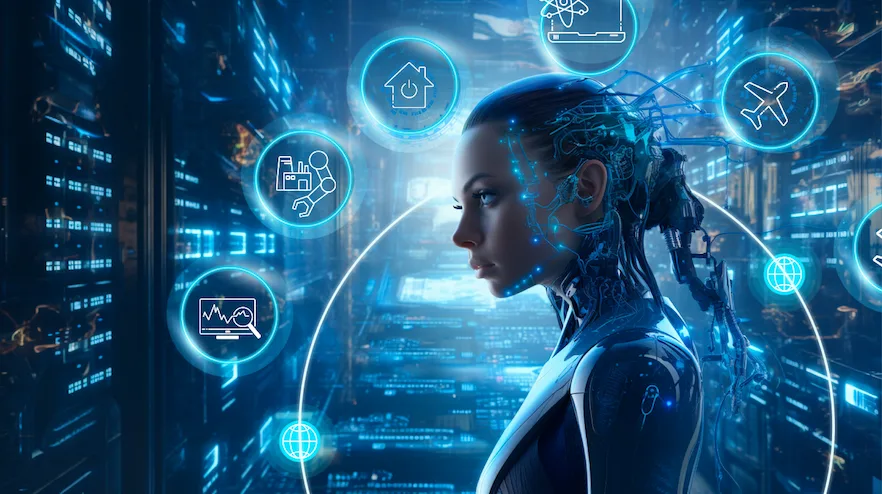
Because companies are actively hiring, and the skills gap is massive. You don’t need to wait 10 years — the future is already here.
📊 Job Growth Estimates:
● AI jobs expected to grow 31% annually (World Economic Forum)
● IoT-related roles projected to cross 100 million by 2030
● Salaries are 2x to 3x higher for roles that involve AI or IoT
🎓 Get Industry-Ready with Pinaki IT Consultant
At Pinaki IT Consultant, we prepare you with hands-on training, certifications, and real-world projects in areas like:
● AI & Machine Learning (Python, TensorFlow, NLP, CV)
● IoT Systems Design & Integration (NodeMCU, Raspberry Pi, MQTT)
● Cloud & Edge Architecture (AWS IoT Core, Azure, GCP)
● Cybersecurity for IoT Devices
● Data Analytics for Smart Systems
● Industrial Automation with AI
You’ll work on projects like:
● Smart Parking Systems
● Wearable Health Monitoring
● AI-Powered Surveillance
● Smart Agriculture IoT Networks
✅ Certifications
✅ Live Projects
✅ Job Placement Assistance in India, UK, Gulf & Canada
✅ Access to International Mentors
🧾 Innovation Demands Intelligence
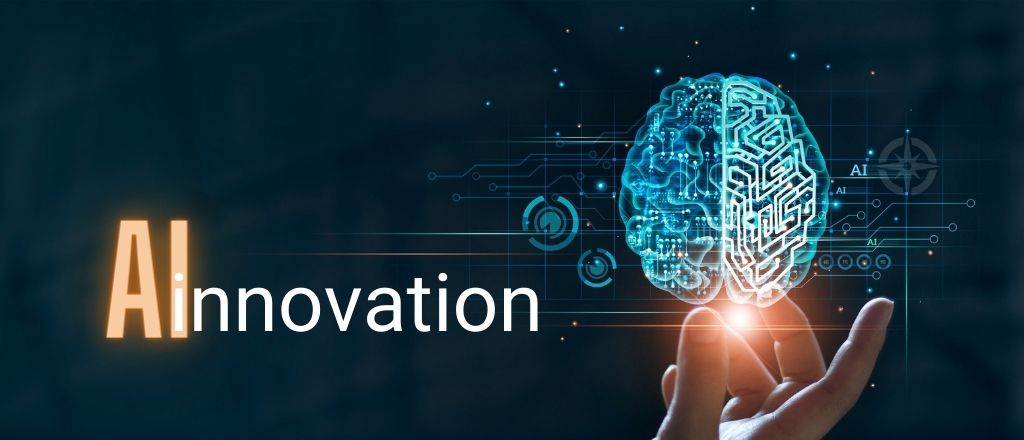
AI + IoT is not just the next big thing — it’s the new normal.
Whether you’re a business looking to innovate or a student aiming for a future-proof career, embracing this convergence will unlock:
● Higher efficiency
● Greater personalization
● Safer, smarter systems
● And a world where technology truly works with you, for you
So now the question is: Will you watch this revolution happen — or be part of building it?
🚀 Join Pinaki IT Consultant and lead the next wave of intelligent innovation.



